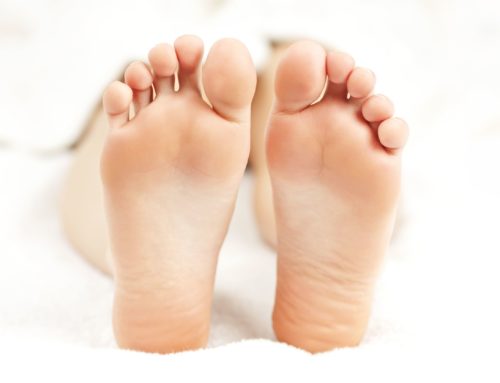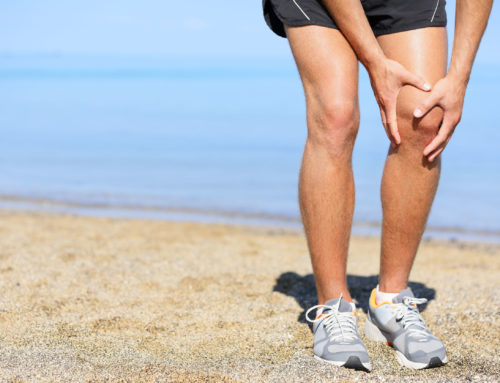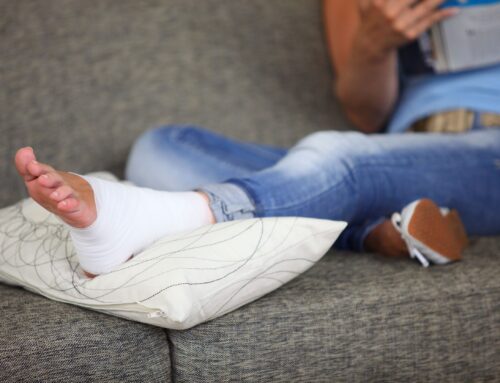A sprain or tear to the anterior cruciate ligament (ACL) is one of the most common knee injuries, with approximately 400,000 people a year suffering from it. Athletes are especially at risk, and women have a higher risk of suffering an ACL injury than men, probably due to both anatomical and hormonal differences.
There are four main ligaments in the knee, and these ligaments hold the bones together, providing stability to the knee. The ACL runs crosswise in the center of the knee and prevents the shinbone from slipping out in front of the thighbone.
An ACL injury can be the result of:
- Getting hit on the side of the knee, such as during a contact sport.
- Overextension of the knee joint.
- Stopping quickly and changing direction, as when landing from a jump or when running.
Most ACL injuries are complete or near complete tears, with partial tears a rarity, and about half of all injuries to the ligament occur along with damage to other structures in the knee.
Common symptoms may include:
- A popping noise
- The knee giving out
- Pain, tenderness, and swelling.
- Loss of full range of motion
When ignored, the swelling and pain may go away, but the knee will probably be unstable, and there’s a greater risk for resultant damage to the cartilage of your knee. A torn ACL won’t heal without surgery, however, nonsurgical treatment may be available for some people if the overall stability of the knee is intact. Whether the treatment involves surgery or not, rehabilitation can play a vital role in regaining knee strength and motion.
If you are experiencing symptoms of a torn ACL or any other knee pain, please call or visit Spine & Orthopedic Center today. Our doctors can help you determine the cause of your knee pain, and advise you on an appropriate treatment plan to put you on the road to recovery.







Leave A Comment